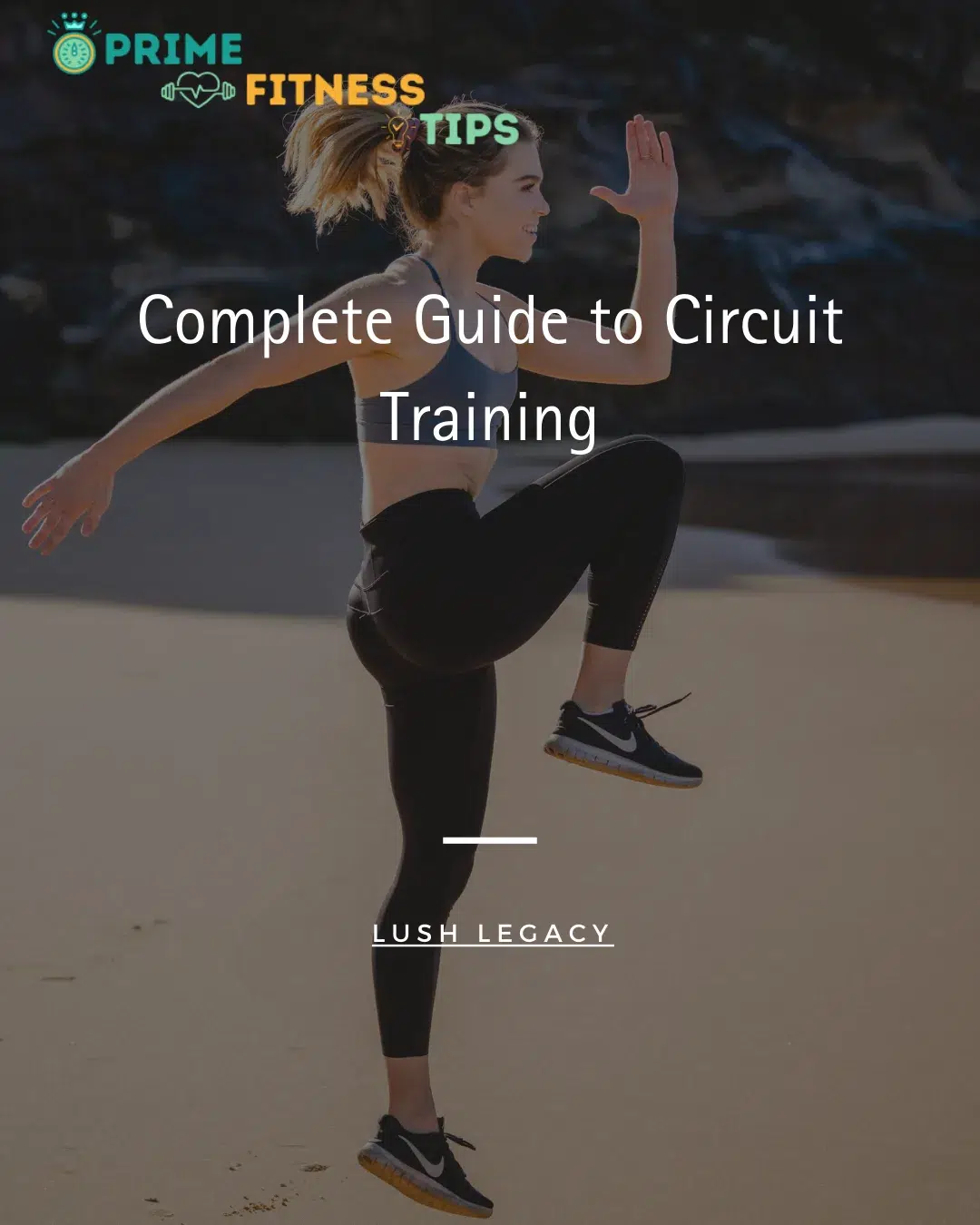Introduction: The Squat – The One Move You Can’t Afford to Get Wrong
The squat is the king of all exercises. It’s primal, powerful, and brutally effective. Every elite athlete, bodybuilder, and strength coach swears by it. Squats build leg strength, core stability, and overall athleticism like no other movement.
Yet, look around your gym. Nine out of ten people are butchering their squats. Knees caving in. Backs rounding like a scared cat. Feet too narrow. Too much weight, too little control.
A bad squat is a ticking time bomb for knee pain, lower back strain, and muscle imbalances. But here’s the truth: if you master the squat, you’ll unlock raw power, resilience, and a rock-solid foundation for any fitness goal.
So let’s cut the nonsense and break down how to do squats properly—with perfect form, no injuries, and maximum results.
Why Squats Are Non-Negotiable for Strength and Fitness
Before we dive into technique, let’s get one thing straight:
If you’re not squatting, you’re shortchanging yourself.
Here’s what squats do for you:
✅ Builds Strength & Muscle: Squats target the quads, hamstrings, glutes, and core, making them a full-body powerhouse.
✅ Improves Posture & Mobility: A properly executed squat enhances hip mobility, spinal alignment, and flexibility.
✅ Burns Fat & Boosts Metabolism: Squats engage large muscle groups, leading to more calorie burn and increased metabolism.
✅ Enhances Athletic Performance: Want to jump higher, run faster, and move better? Squats build the explosive power you need.
👉 Want to complement squats with more posture-improving exercises? Check out 5 Exercises to Improve Your Posture.
How to Do Squats Properly (Step-by-Step Guide)
Perfect squats start with flawless form. Let’s break it down.
1. The Setup: Get Your Stance Right
- Stand shoulder-width apart with feet slightly turned out (~15-30 degrees).
- Keep your chest up, shoulders back, and core braced—imagine preparing for a punch to the gut.
- Your weight should be evenly distributed across your whole foot—not just your toes or heels.
🔥 Why It Matters: A good setup prevents knee pain and lower back strain while ensuring smooth movement.
👉 Need more mobility to squat better? Try these 5 Essential Stretches After a Workout.
2. The Descent: Lower with Control
- Push your hips back first, then bend your knees.
- Keep your chest upright—no hunching forward like a broken puppet.
- Lower until your thighs are at least parallel to the floor (deeper if flexibility allows).
- Keep your knees tracking in line with your toes—don’t let them cave in!
🔥 Why It Matters: Controlling the descent prevents excess knee strain and ensures proper muscle engagement.
3. The Ascent: Explode Upward
- Drive through your heels, engaging your glutes and quads to stand up.
- Keep your core braced and avoid hyperextending your back at the top.
- Fully extend your hips, but don’t lock out your knees aggressively.
🔥 Why It Matters: Explosive power in the ascent maximizes muscle activation and prevents lower back strain.
Common Squat Mistakes (And How to Fix Them)
Squats done wrong wreck your joints and limit progress. Avoid these deadly sins:
❌ Mistake #1: Knees Caving In
✔ Fix: Actively push your knees outward during the squat. Strengthen your glutes and hip abductors.
❌ Mistake #2: Rounding Your Lower Back (Butt Wink)
✔ Fix: Improve hip mobility and core strength. Engage your core throughout the movement.
❌ Mistake #3: Rising onto Your Toes
✔ Fix: Keep your heels planted. If needed, widen your stance slightly.
❌ Mistake #4: Not Squatting Deep Enough
✔ Fix: Work on hip and ankle mobility. A full range of motion activates more muscle and prevents imbalances.
👉 Struggling with tight hips? Try Yoga for Beginners: 5 Simple Poses.
Squat Variations for Different Goals
Once you master the basic squat, level up with these variations:
| Squat Variation | Benefits |
|---|---|
| Goblet Squat | Perfect for beginners, teaches proper form |
| Front Squat | Targets quads and core more intensely |
| Sumo Squat | Increases glute and inner thigh activation |
| Bulgarian Split Squat | Enhances balance and single-leg strength |
| Box Squat | Improves explosive power and squat depth |
👉 Want stronger glutes? Pair squats with The Best Exercises for Glutes.
How to Incorporate Squats into Your Workout Routine
To maximize results, program squats correctly:
💪 Strength Training: 4-6 sets of 3-6 reps (heavy weight)
🔥 Hypertrophy (Muscle Growth): 3-4 sets of 8-12 reps
🏃 Endurance & Fat Loss: 2-3 sets of 15-20 reps
👉 New to structured workouts? Check out How to Create an Effective Strength Training Program.
FAQs About Squats
1. Should I squat below parallel?
Yes—if you have good mobility and control. Deeper squats activate more muscles but should never compromise form.
2. How often should I squat?
2-3 times per week is ideal for most lifters. Advanced athletes may squat more often, varying intensity.
3. Can squats hurt my knees?
Only if done incorrectly. Keep your knees aligned, avoid excessive forward lean, and strengthen supporting muscles.
4. Should I squat with a barbell or bodyweight first?
Master bodyweight squats before loading weight. Progress to goblet squats and then barbell variations.
5. Are squats enough for leg day?
No. Pair them with lunges, deadlifts, and leg presses for complete leg development. Try The Most Effective Exercises for Leg Workouts.
Conclusion: Master the Squat, Master Your Strength
The squat is a test of true strength. It separates the weak from the powerful, the disciplined from the lazy. Done right, it builds a stronger body, better mobility, and bulletproof confidence.
So stop making excuses. Fix your form. Squat deep. Get strong.
👉 Want a full-body workout challenge? Try The Complete Guide to Circuit Training.


3 thoughts on “How to Do Squats Properly? A No-Nonsense Guide to Mastering the King of Exercises”